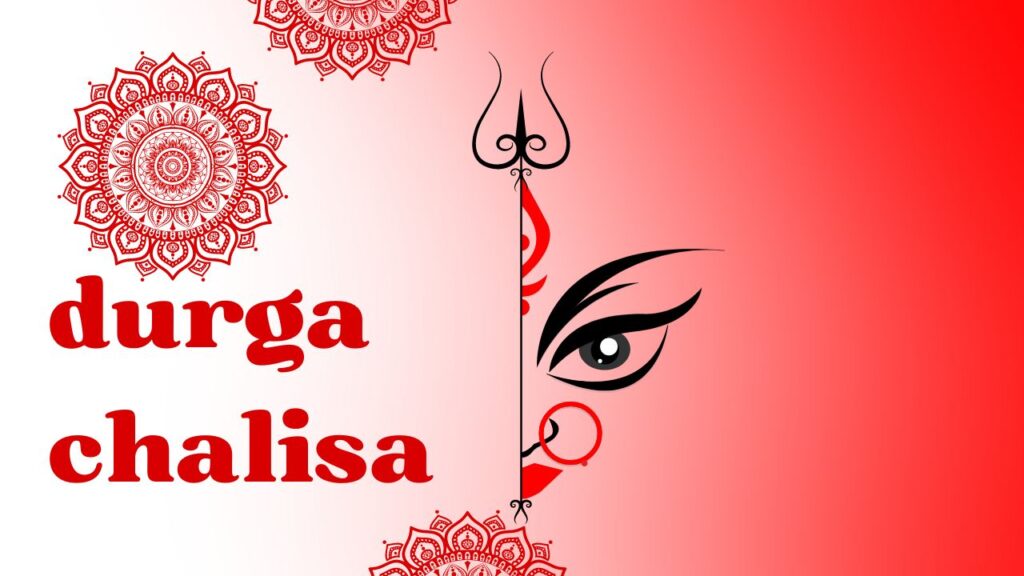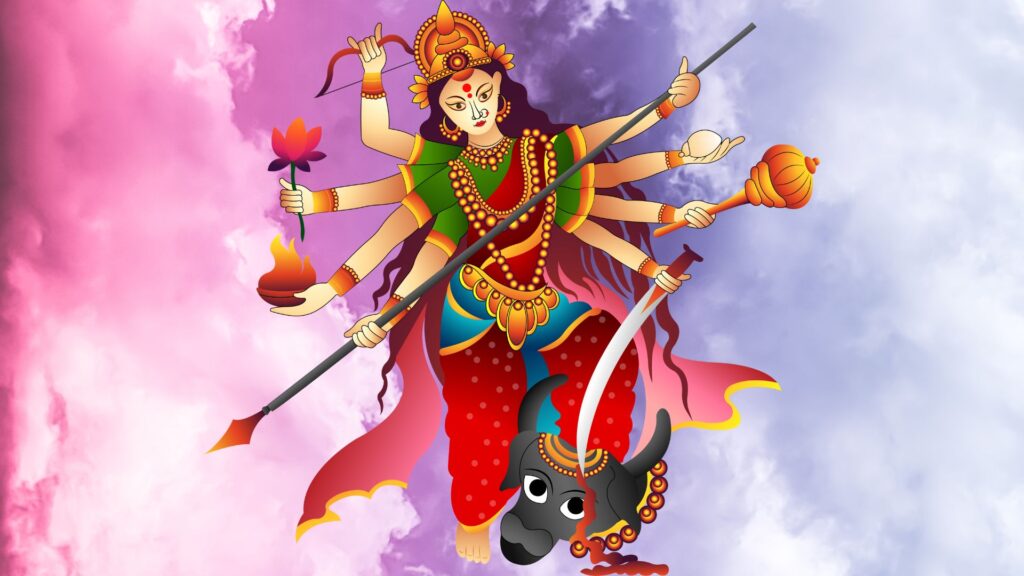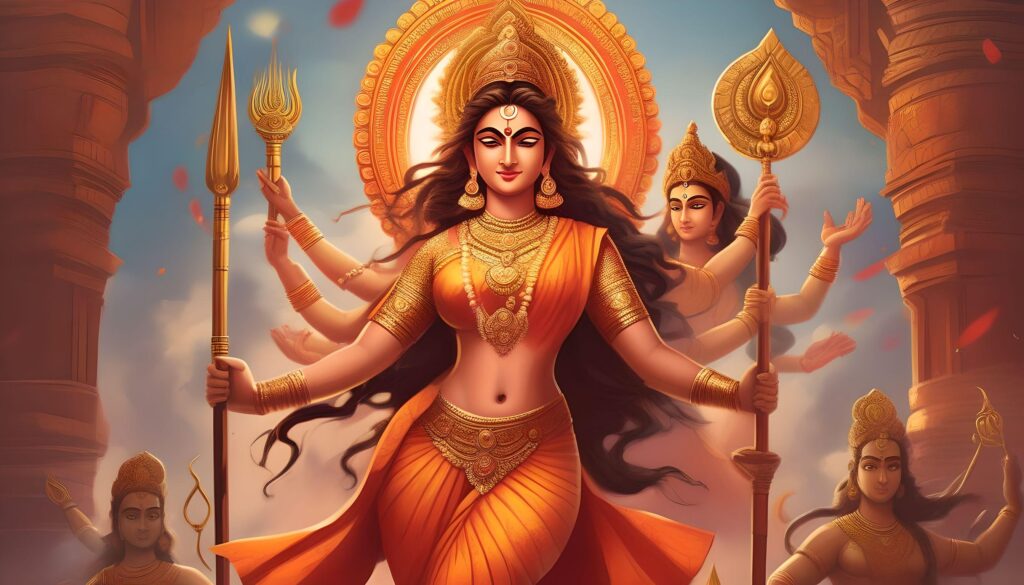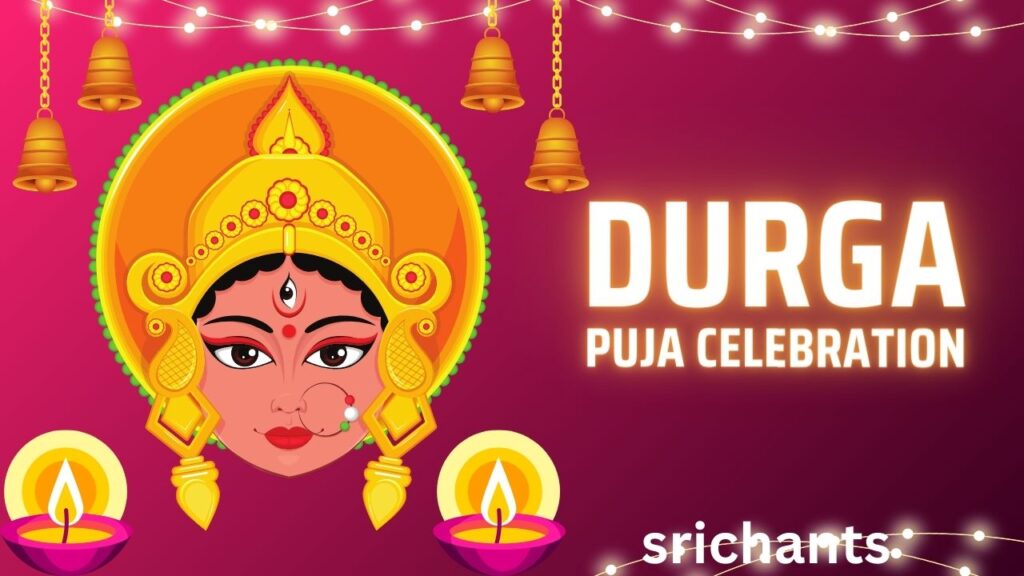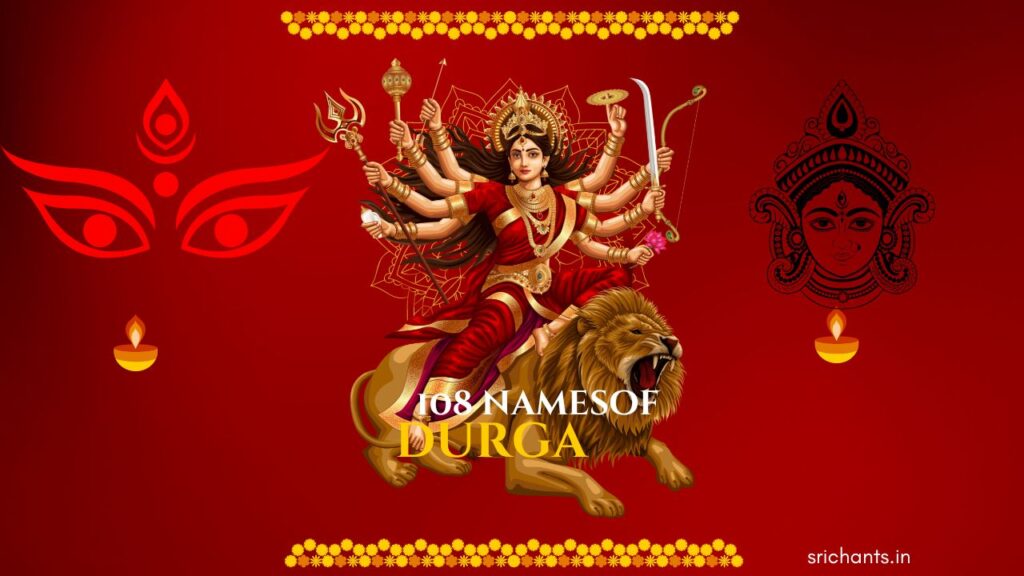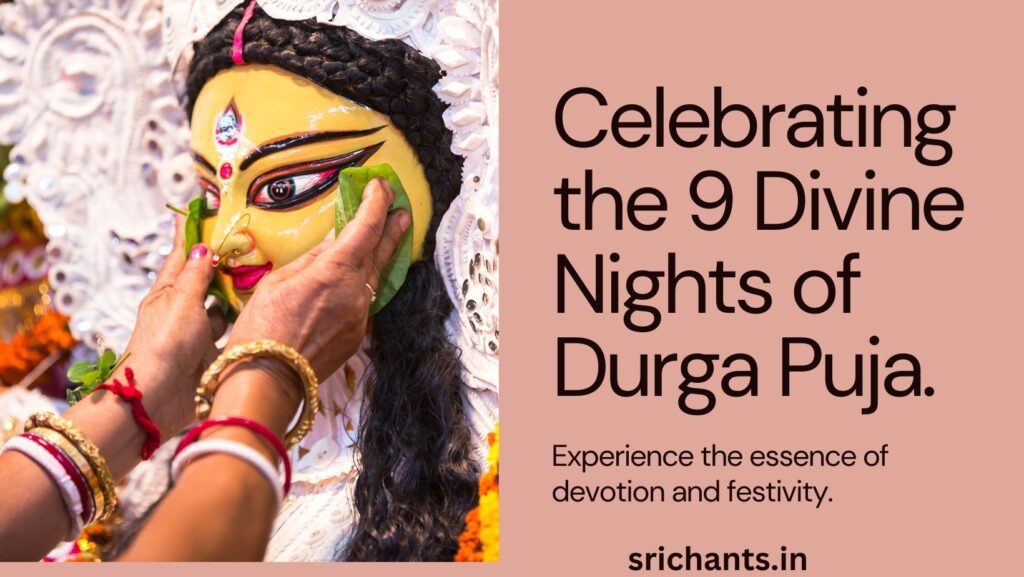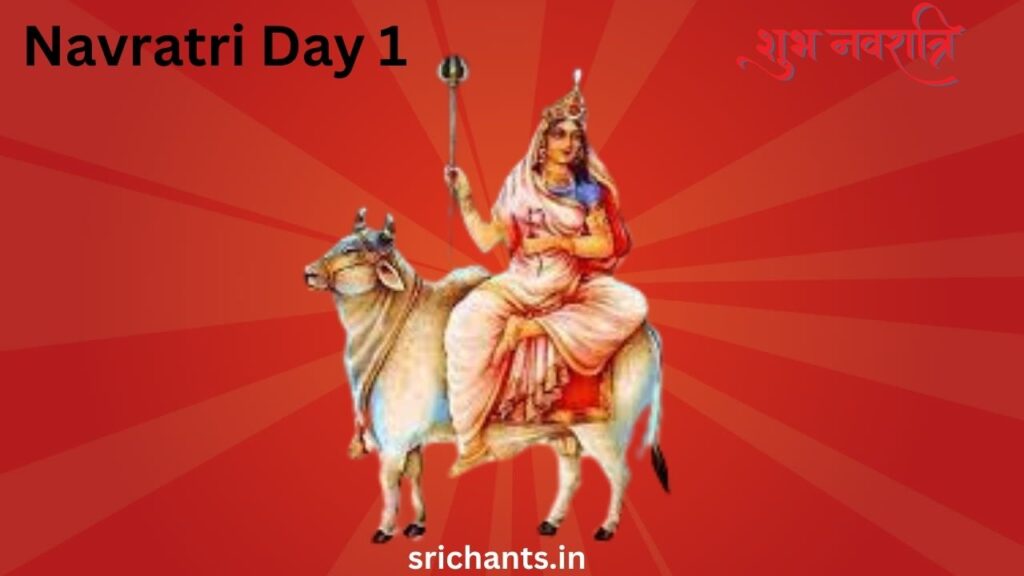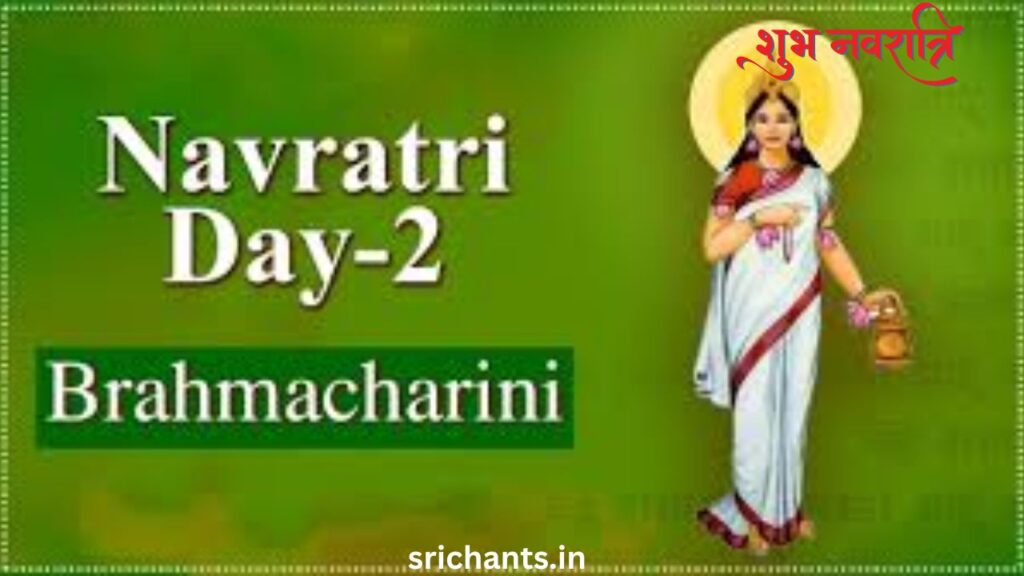Durga Chalisa: An Ode to the Divine Goddess
Introduction
The worship of the deity Durga is of great importance in Hindu culture, particularly during the auspicious nine days of Durga Puja. The deity is revered as the embodiment of supreme power by devotees throughout India. The Durga Chalisa is one of the most highly regarded prayers that are dedicated to the deity Durga. This article explores the fundamental nature and importance of Durga Chalisa, providing a thorough comprehension of its symbols, verses, and devotion.
The Significance of Durga Chalisa
An ode to the divine deity Durga, the Durga Chalisa is a devotional hymn. It functions as a potent invocation to invoke the goddess’s favors, comprising forty verses. The goddess’s attributes and legends are encapsulated in each verse, enabling devotees to convey their reverence and devotion. The recitation of Durga Chalisa during Durga Puja is a method of establishing a connection with the deity and requesting her divine intervention to overcome obstacles and achieve spiritual enlightenment.
Exploring the Verses
The divine manifestations of goddess Durga and her numerous aspects are beautifully depicted in the verses of Durga Chalisa. We will examine a few of the most significant verses and their interpretations:
Verse 1: Namo Namo Durge Sukh Karani
The Durga Chalisa commences with this verse, which invokes the deity as the source of happiness. The devotee expresses reverence and gratitude for the joy and bliss that Durga gives to their life, seeking her blessings.
Verse 2: Nirakar Hai Jyoti Tumhari
The radiant and formless aspect of the deity Durga is lauded in this verse. It underscores the fact that her divine radiance illumines all three realms: the earthly, heavenly, and netherworlds.
Verse 3: Shashi Lalat Mukh Mahavishala
Described in this verse is the goddess Durga’s physically stunning aspect. She has a forehead that is as radiant as the moon, and her eyes are characterized by a ferocious and intimidating expression. The verse serves as a representation of her authority and control over malevolent entities.
Verse 4: Roop Matu Ko Adhika Suhave
The devotee here is captivated by the enchanting beauty of the deity Durga. The devotees’ hearts are filled with immense joy and serenity at the sight of her divine form.
Verse 5: Tum Sansar Shakti Laya Kina
The devotee recognizes the all-encompassing power of the deity Durga, who possesses the energy that sustains the entire universe. Providing food and prosperity for the world’s welfare, she nurtures it.
Verse 6: Annapurna Hui Jag Pala
In this verse, the goddess Durga is praised as Annapurna, the source of nourishment for the universe. She is the embodiment of abundance and fulfillment and sustains all entities. Furthermore, she is revered as the primordial source of beauty and grace.
Verse 7: Pralaya Kala Sab Nashan Hari
This verse portrays the deity Durga as the destroyer of all existence during the period of cosmic dissolution. Gauri, the adored consort of Lord Shiva, is revered for her ability to put an end to all that is perishable.
Verse 8: Shiv Yogi Tumhare Guna Gave
The devotee acknowledges that Lord Shiva and the yogis chant the praises of goddess Durga in this location. Brahma and Vishnu, the paramount deities, perpetually contemplate her divine form.
Verse 9: Roop Saraswati Ko Tum Dhara
In this verse, the deity Durga assumes the form of the goddess Saraswati, bestowing wisdom upon sages and guaranteeing their welfare. This verse emphasizes the goddess’s function as the provider of enlightenment and knowledge.
Verse 10: Dharyo Roop Narsimha Ko Amba
This verse recounts the event in which the deity Durga assumed the formidable form of Lord Narasimha in order to safeguard her devotees. She appeared in order to rescue Prahlada and subdue the demonic forces.
Verse 11: Raksha Kari Prahlaad Bachayo
The devotee recognizes the divine intervention of the goddess Durga in the rescue of Prahlada, a juvenile devotee, and the subsequent defeat of the tyrant demon, Hiranyakashipu.
Verse 12: Lakshmi Roop Dharo Jag Mahin
In this verse, goddess Durga is revered as goddess Lakshmi, who gives prosperity and abundance to the world. She is represented as the divine consort of Lord Vishnu, signifying their eternal union.
Conclusion
The Durga Chalisa is a potent prayer that captures the essence of the deity Durga and her divine manifestations. The purpose of each verse is to allow devotees to convey their respect, request blessings, and invoke the divine presence of the deity. Devotees are able to overcome obstacles, receive divine guidance, and achieve spiritual enlightenment by establishing a profound connection with the deity through the recitation of Durga Chalisa. Devotees are able to strengthen their faith and devotion by embracing the verses of Durga Chalisa during Durga Puja, which brings them closer to the divine consciousness of deity Durga.
#durga #chalisa #durgachalisa
